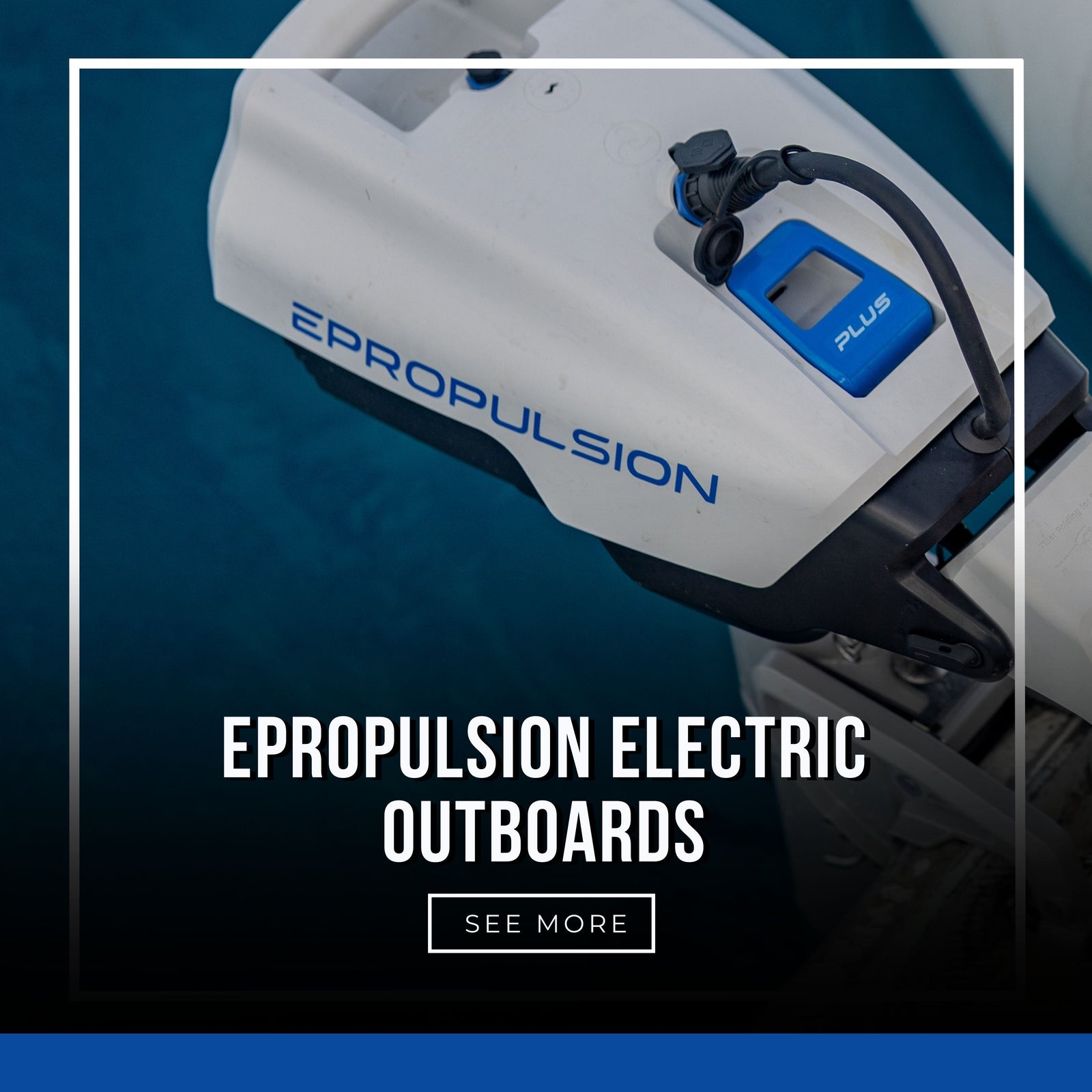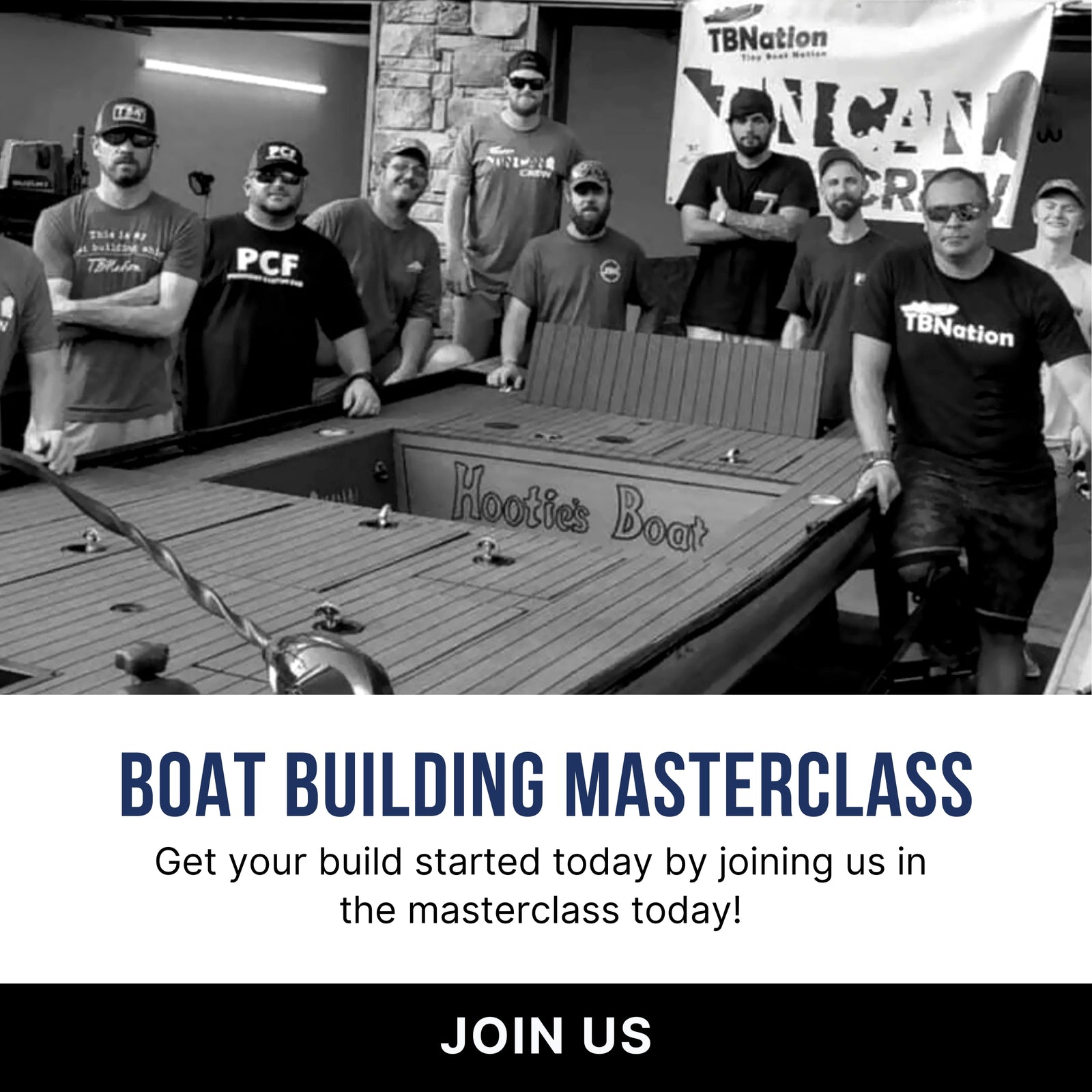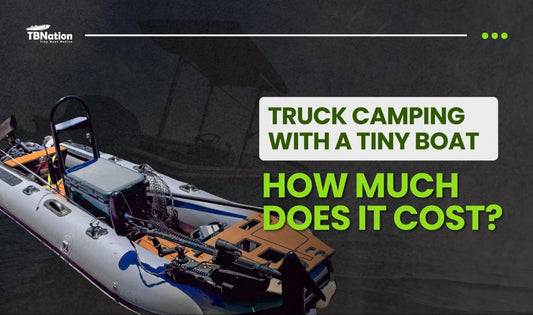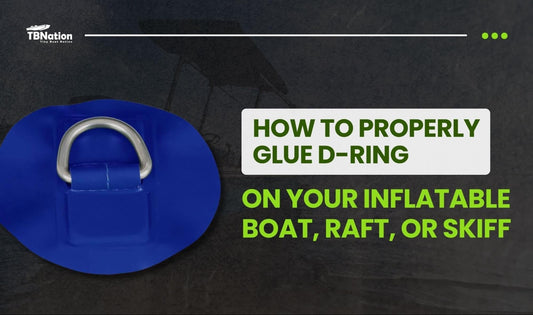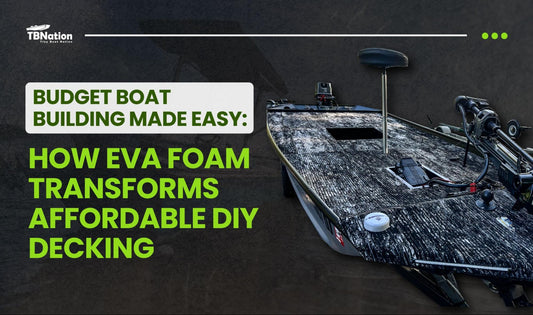Your Cart is Empty
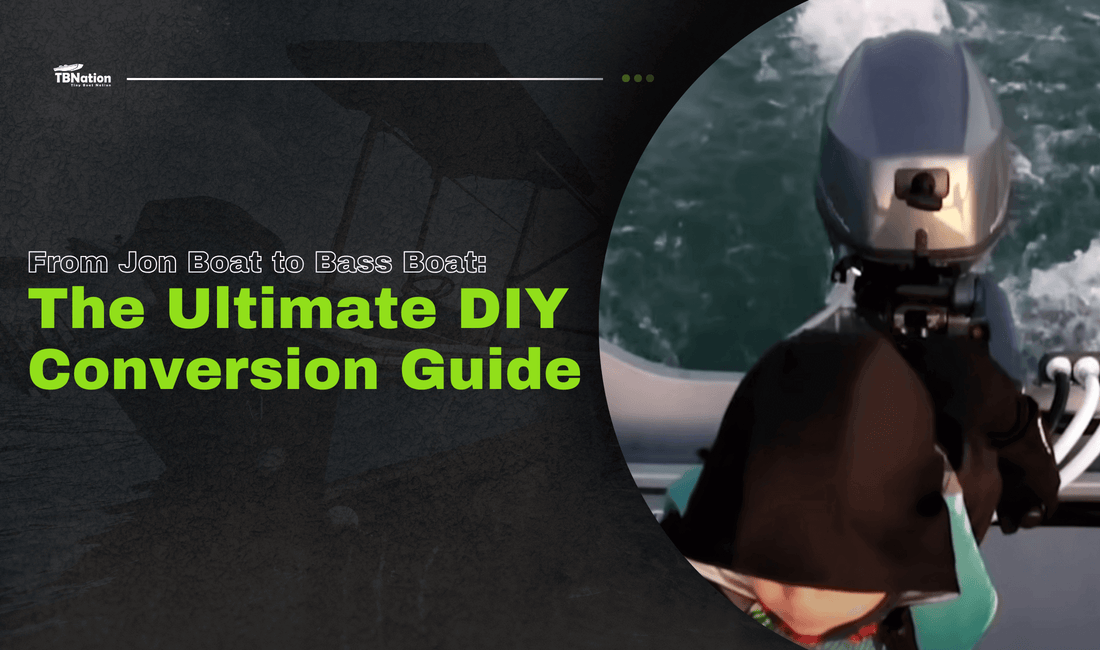
From Jon Boat to Bass Boat: The Ultimate DIY Conversion Guide
An increasingly common pastime for fishermen looking to improve their fishing experience is turning a Jon boat into a bass boat. Motivated by a desire to enhance their fishing experience, several fishermen have started doing their own boat renovations, turning traditional Jon boats into effective, high-performance bass boats. The idea of small boats, the extensive conversion procedures, and the advantages of completing such a project are all examined in this article.
The Concept of Tiny Boats
Definition and Characteristics
Tiny boats are a symbol of inventiveness and efficiency in fishing. To guarantee optimal performance, these boats, which are frequently modest in size but rich in features, are built with no compromises. Although a little boat can be made from many different materials, such as fiberglass, aluminum, and wood, its intricate manufacturing process and great degree of customization set it apart.
Importance of Efficiency and Planning
Building a tiny boat requires accurate planning and an understanding of the sequence of moving parts that keep the boat functioning and efficient. The end result is a platform that performs extraordinarily well in specific conditions, frequently outperforming larger, more traditional boats in terms of agility and utility.
The Process of Conversion

Initial Steps and Planning
The first step in converting a Jon boat to a bass boat involves detailed planning. This includes understanding the requirements, gathering materials, and outlining the conversion steps. The right boat, such as the Alumacraft V14, known for its stability and load capacity, is crucial for a successful conversion.
Choosing the Right Boat and Materials
Choosing a solid and reliable boat is crucial. The Alumacraft V14, with its heavy-duty structure and big weight capability, is a fantastic choice. Furthermore, using high-quality materials and components assures that the customized boat will last and function properly.
Detailed Conversion Steps
Building the Foundation and Ensuring Stability
Establishing a solid foundation is the first step in the conversion process. In order to make room for vital parts like the bilge pumps and live well system, parts of the boat must be removed. Stability must be guaranteed by proper frame and structuring in order to prevent the boat from turning into a floating death trap.
Installing Key Components
During the initial phases, critical components such as the actual well system, bilge pumps, and cooler improvements are fitted. These components are critical to the boat's performance and efficiency. The live well system, for example, keeps the fish alive and fresh, whereas the cooler mod preserves the water temperature.
Framing and Structuring the Boat
The boat's frame is built of lightweight but durable materials, such as angled aluminum. This keeps the boat under its weight restriction while still providing adequate support for all components. Framing also comprises cutting wire channels and installing additional components such as lights.
Wiring and Electronics

Planning and Running Wires
Wiring is a key step in the conversion process. It comprises routing cables for various electronic components and ensuring that they are properly arranged and labeled to facilitate troubleshooting. Using marine-grade cables and ensuring appropriate insulation eliminates potential issues like shorts and corrosion.
Installing and Configuring Electronic Components
Installing electronic components like fish finders, trolling motors, and battery systems requires careful design. These components enhance the boat's performance and provide it a competitive advantage in fishing tournaments. It is vital that they are correctly configured and installed for optimal performance.
Ensuring Safety and Efficiency
When wiring and installing electronics, safety should always come first. Potential hazards can be avoided by routing wires through conduits, utilizing the appropriate connectors, and securely attaching them. Furthermore, ensuring that every component is properly grounded avoids problems such as electrolysis, which can damage the boat.
Final Assembly and Testing

Assembling the Deck and Hatches
The final step is to attach the deck and hatches. Using high-quality materials, such as aluminum sheets, and making exact measurements and cuts results in a professional appearance. To provide longevity and a non-slip surface, the deck is usually covered with tough materials like GatorSkin.
Final Touches and Pre-Launch Checks
Before launching the boat, final touches such as attaching the seats, testing the bilge pumps, and verifying that all electronic components function properly are critical. Conducting thorough tests guarantees that the boat is ready for the sea and reduces the likelihood of problems during the inaugural voyage.
Testing the Boat on Water
The ultimate test is taking the boat out on the water. This includes assessing the boat's stability, performance, and installed components. Ensuring that the boat handles well and meets the desired performance requirements is a satisfying conclusion to the conversion project.
Conclusion
Making a bass boat out of a Jon boat is a rewarding project for any do-it-yourself enthusiast. It gives a feeling of achievement in addition to making fishing more enjoyable. Making the switch from a low-key Jon boat to a high-performance bass boat takes careful preparation, careful execution, and a passion for fishing. This page encourages others to do similar projects by providing a comprehensive guide to successfully turning a Jon boat into a bass boat.
Frequently Asked Questions
1. Is it worth fixing my Jon boat into a bass boat?
If it floats and isn’t falling apart, yes! You’ll save money and get the boat you want.
2. Do I need special tools or skills?
Nope. If you know how to use a drill and saw and can follow videos, you’re good to go.
3. How do I keep the boat from tipping or getting too heavy?
Put heavy stuff like batteries low and in the middle. Don’t pile things up top. Keep it balanced.
4. What should I fix first if money’s tight?
Make a flat, strong deck. Add storage, a pump to get water out, and a live well if you fish a lot. Fancy stuff can wait.
5. Can I do this on my own?
Yes! If you’ve worked with your hands before, just take it slow and you’ll get there.
Join Our VIP List
Join the Tiny Boat Nation VIP Members List.
It's Free! Stay Up To Date With Announcements, Product Give Aways, News and Promotions.


